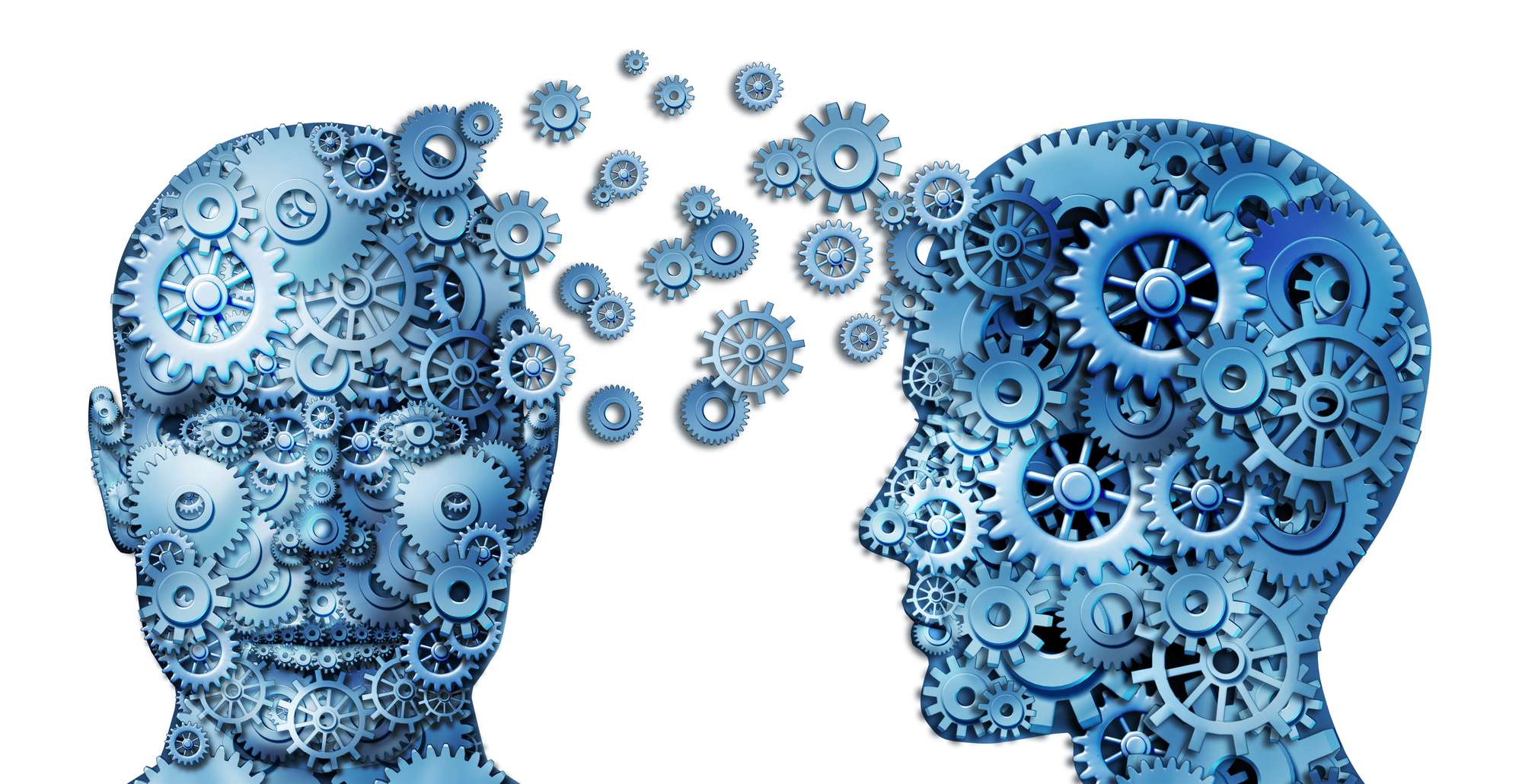
Blog / The Future of IT
Trying to predict the next ten years
While the coronavirus may have thrown a (substantial) wrench into both our individual lives and society at large, it also served to accelerate our already increasingly rapid adoption of new technologies. Not only did the pandemic squeeze 10 years of e-commerce growth into a mere three months back in 2020, but, according to the experts over at McKinsey & Group, we’re going to experience more technological development in the next decade than in the entire last century. Those are some pretty staggering numbers.
That hasn’t stopped those same experts from reflecting on how technology has changed over the last three years and what the pandemic did to the trajectory of technology in the ones to come, particularly the near future. It’s an interesting time period to try to predict; you have be sensitive to how both high-impact but relatively short term events like COVID or subprime mortgages and how long term trends tend to develop over long periods when making your predictions. Or trying to at least.
It’s a complicated matter so we thought we’d give you the highlights from a variety of sources, both commercial and community driven, about what trends and technologies are likely to develop in the next decade. While it’s not exactly a rigorous metadata review (we left the research to the brains behind places like McKinsey & Company and the Spiceworks community), keeping up on evolving IT trends is critical to informing your long term IT strategy.
- IoT
- AI
- Automation
- Software 2.0
What’s in store for the IoT?
The IoT has been making waves thanks to it’s increasing usefulness and adoption in organizations of all kinds, and that trend’s not going away anytime soon. As the Industrial IoT picks up steam, and other peripheral devices like VR headsets continue to find valuable use cases and cost savings for businesses small and large alike. In fact, according to a recent survey of over 500 IT professionals, 80% said they expect IoT devices to become useful to their business in the next 3-5 years as new and different devices come online.
Applied artificial intelligence and advanced analytics
Pretty much everyone understands how the abundance of cheap storage and ease of collection has enabled data analysis in the past, but we can expect that trend to accelerate over the next several years, according not just to McKinsey but Intel as well. The big focal point will be transitioning from analyzing data to learn about past events to predicting future trends and improving forecasts’ accuracy.
Expanding automation
A universally recognized reality of the future from all the sources we examine was the expansion of automation. Thanks primarily to the advancement of machine learning and artificial intelligence, we can expect a substantial expansion of automation and that almost half of all jobs will be automated over the next ten years.
Computers coding computers with Software 2.0.
Yup, you read that subheader right, but to be clear, no one’s projecting killer computers or Skynet. Yet.
Jokes aside, software 2.0, or using neural networks and machine learning to standardize and automate computer coding, will likely be source of substantial advancement according to McKinsey and Company. Not only that, it will enable software applications that are far more powerful and sophisticated than what we currently have and make the scaling and distribution of data rich, AI-driven programs a reality.
As we said at the start, this is a big topic, so there’s plenty more to discuss. We invite you to contact one of TRINUS’s IT experts to discuss your long-term technology requirements and IT requirements to keep your business competing at its best.
Sincerely,
The TRINUS Team
trinustech.com

















